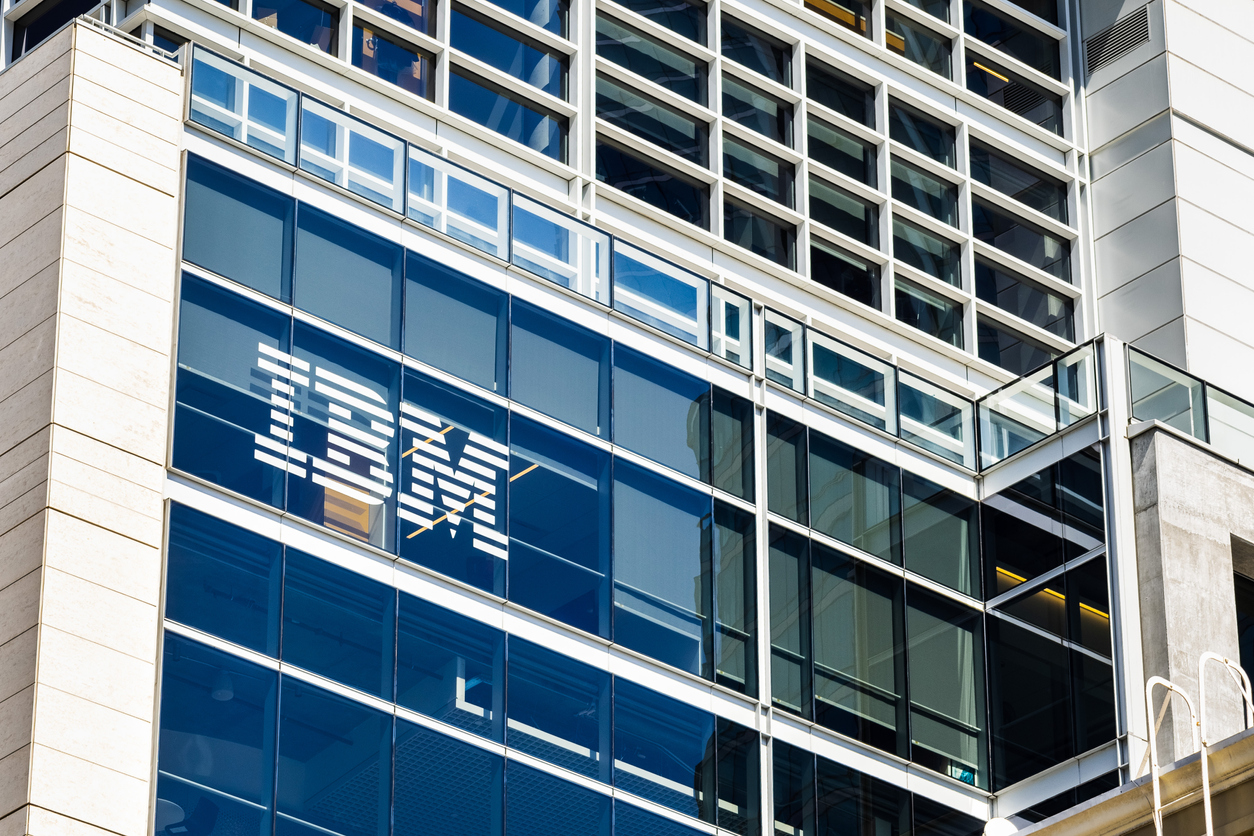
In the pursuit of successful digital transformation, many businesses have faced challenges stemming from fragmented data repositories and the implementation of multiple systems of record to accommodate evolving business demands.
The journey towards digital transformation is inherently complex, often surpassing the intricacies of conventional change initiatives. The complexities and risks associated with digital overhauls are well-documented, and the need to mitigate these risks cannot be overstated.
Bridging the Gap in Digital Transformation
Companies undergoing digital transformation typically require agile, efficient, real-time integration between their core business systems and hybrid cloud deployments. Many systems are employed for software development, deployment, and operational needs. These established tools play a vital role in their business operations. It’s crucial that any new tools introduced can work alongside and integrate with the existing ones.
Even as shifts to new tools are considered over time, the current tools must remain functional to support the objectives of both delivery and operations teams. This is where adopting a digital toolchain integration hub becomes not just advantageous but imperative.
An integration hub is the cornerstone for seamless data integration and optimized workflows across a heterogeneous digital toolchain. With a cohesive and integrated approach to data and systems, organizations can avoid data inconsistencies, operational inefficiencies, and compromised customer experiences. Adopting an integration hub accelerates an organization’s ability to unlock the full potential of digital transformation.
IBM’s Engineering Integration Hub Empowers Digital Transformation Across the Tooling Landscape
Enterprises are pursuing every possible advantage to compete in today’s rapidly evolving and unpredictable landscape. Within the realm of digital transformation, harnessing internal data for real-time insights across the software delivery process stands as a pivotal tactic.
IBM Engineering Integration Hub provides the depth of end-to-end data and insights enterprises need to transform their business and accelerate targeted outcomes. Based on leading technology from the Planview® Hub1 offering, IBM’s Engineering Integration Hub provides over 60 fully tested connectors for various popular development applications.
In addition to the existing adapters like Atlassian Jira, Micro Focus ALM, and Microsoft Azure DevOps, users can now also connect IBM Engineering Lifecycle Management (ELM) products to codebeamer, ServiceNow, Jama, PTC WindChill, and many more. ELM products supported in IBM Engineering Integration Hub include IBM Engineering Workflow Management, IBM Engineering Requirements Management DOORS®, and IBM Engineering Requirements Management DOORS Next.
The most recent iteration of IBM’s Engineering Integration Hub expands the integration capabilities of the IBM Engineering Lifecycle Management (ELM) solution by integrating with a wide array of tools offered by various vendors. Customers can apply ELM within a diverse ecosystem of lifecycle tools, effectively leveraging their existing investments in these tools.
Employing model-based integration simplifies the process of configuring, expanding, and upkeeping integrations across a multitude of projects. Instead of generating an endless array of tool pairs, this approach involves centralizing artifact mapping within a singular model.
Through customizable models governing the movement of artifacts within the value stream, integration administrators can diminish the need for creating and managing numerous integrations. This also allows for swift expansion to encompass more tools and projects while fostering uniform standards across various tools and teams.
Adoption of IBM Engineering Integration Hub guarantees seamless, automated, real-time data synchronization and updates among a wide array of prevalent tools employed by teams for planning, engineering, testing, and product support.
The unified ecosystem not only enhances data integrity and transparency but also enables automated traceability, streamlining audits and compliance efforts.
By effectively channeling internal data through this integrated platform, companies can unlock timely insights, enabling informed decision-making and optimizing resource allocation. This ultimately accelerates innovation and efficiency, positioning businesses to thrive in the dynamic landscape of digital transformation.
Examples of integration scenarios
The advanced functionality of IBM Engineering Integration Hub can be illustrated in the following workflow unification use cases:
Program-level planning flow-down to project teams; status roll-up from project team to program
- The program management team employs the Scaled Agile Framework® (SAFe®) to strategize and oversee their agile release trains, utilizing IBM Engineering Workflow Management for planning artifacts, monitoring, and reporting.
- IBM Engineering Hub facilitates data synchronization, rendering project teams’ tasks visible within their regular work settings. It also syncs statuses back to Engineering Workflow Management, ensuring program management dashboards and reports are consistently current.
- When a user creates an epic in IBM Engineering Workflow Management, Planview Hub will then flow that epic over to Atlassian Jira, where it will be broken down into stories. Planview Hub will take those stories and synchronize them back to the correct team and project in IBM Engineering Workflow Management. As Planview Hub synchronizes these items back and forth between tools, updates will be seen as progress, priority, and assignee flow between the two systems.
Requirements managed in IBM Engineering Requirements Management DOORS Next are available to verification test teams using Micro Focus Application Lifecycle Management for test planning, test development, and reporting and Jira for project tracking
- A project or program uses DOORS Next and other Engineering Lifecycle Management applications, for example, IBM Rhapsody, for model-based systems engineering.
- A knowledge graph of relationships exists among requirements, models, and other engineering artifacts, typically using OASIS Open Services for Lifecycle Collaboration to create this digital thread.
- IBM Engineering Integration Hub provides data synchronization that makes new requirements and changes to existing requirements visible to the verification team in their normal working environment.
- If global configuration management is being used in DOORS Next and other Engineering Lifecycle Management applications, each configuration is synchronized separately to Micro Focus ALM, enabling verification teams to see, plan, test, and report on the correct versions of the requirements.
- Defects (including defects related to the requirements) created in Jira by the verification team are synchronized back to work items in Engineering Lifecycle Management.
Forging a Path to Digital Excellence
In the dynamic realm of digital transformation, the significance of IBM Engineering Integration Hub shines brightly. As businesses navigate the complexities of integrating diverse systems, tools, and processes, IBM Engineering Integration Hub emerges as a beacon of efficiency and innovation.
Seamlessly connecting disparate elements and propelling data-driven insights, IBM Engineering Integration Hub reshapes the landscape of transformation. It enables organizations to not only bridge gaps but also unlock new avenues of growth.
For more information about IBM Engineering Integration Hub, go here.
1Planview Hub connects the network of best-of-breed tools for planning, building, and delivering software at an enterprise level. As the backbone for the largest and most impactful Agile and DevOps transformations at organizations across the globe, the technology enables organizations to define their software delivery value stream and enables end-to-end visibility, traceability, and governance over the whole process.




